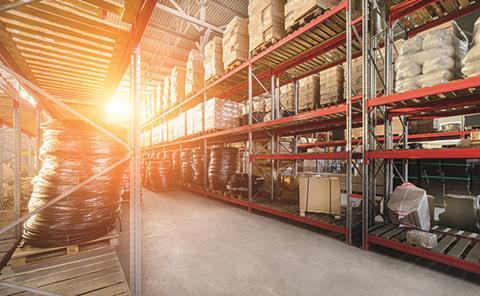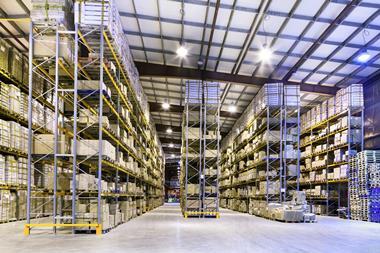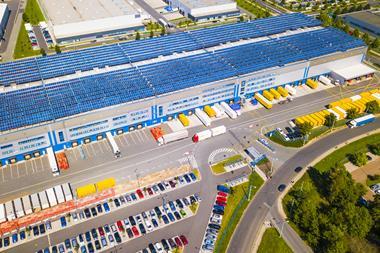The digital era has transformed both the expectations of consumers and the demands on retailers and distributors as people expect faster delivery and greater variety, all of which has had a profound impact on the property market.

While high-street retailers are getting to grips with the rise of ecommerce, the industrial sector has undergone a transformation. Both large-scale warehouses and multi-let industrial space have been performing strongly and look set to continue to deliver growth, particularly in London and the South East.
As the managers of UK Commercial Property Trust (UKCPT), a £1.3bn diversified income-focused company, we repositioned its portfolio in 2015-16 towards industrial while reducing London offices and general retail.
UKCPT is now purposefully 12% overweight in its benchmark industrial weighting, with 74% of that stock located in the South East and a 44/56 split between logistics ‘big boxes’ and multi-let industrial estates.
The logistics market in the years after the global financial crisis of 2007-08 has been characterised by robust occupier demand, driven by ecommerce, both online and traditional retail, as well as third-party logistics growth and muted development activity.
This has produced a surge in demand for strategic locations at, or close to, metropolitan hubs across most regions in the UK, but is particularly pronounced in areas surrounding London and the South East, where land shortage is most acute.
Large-scale warehouses and multi-let industrial have been performing strongly and look set to continue to deliver growth
Importantly, this has held up in the face of Brexit headwinds and has fed through to the numbers. The MSCI/IPD Quarterly Index recorded total returns of 7.8% and 8.8% per year for distribution properties in London and the South East respectively in 2016, compared with the all-property market average of 3.6% a year. Rents in the sector also held up well, rising by 4.1% a year in London for distribution assets and 5.1% a year in South East industrials, again significantly outperforming the market average.
Challenges ahead
As for challenges, we continue to contend with shorter lease lengths, changing regulations and disruption from technology and innovative business models. Finding suitable space in dense urban areas and securing planning permission is difficult when faced with competition from residential development.
From an investment perspective, the sector’s market cycle might appear relatively advanced, but remains characterised by unusually high demand and low levels of quality supply. However, the pricing on prime industrial assets is likely to remain competitive as the stable income component and positive market fundamentals continue to appeal.

As the UK formally triggers the process of leaving the EU, we anticipate continued investor interest in the sector due to the security of long-lease-term income, relatively secure covenants and the potential for alternative land use, albeit the latter is not universal.
Innovative strategies are likely to be deployed to improve efficiency, such as advanced machinery and multi-storey design, to satisfy customers with speedy delivery while keeping costs low.
We believe in the favourable fundamentals of the sector but caution towards location and asset selection should remain the key to success.





























No comments yet